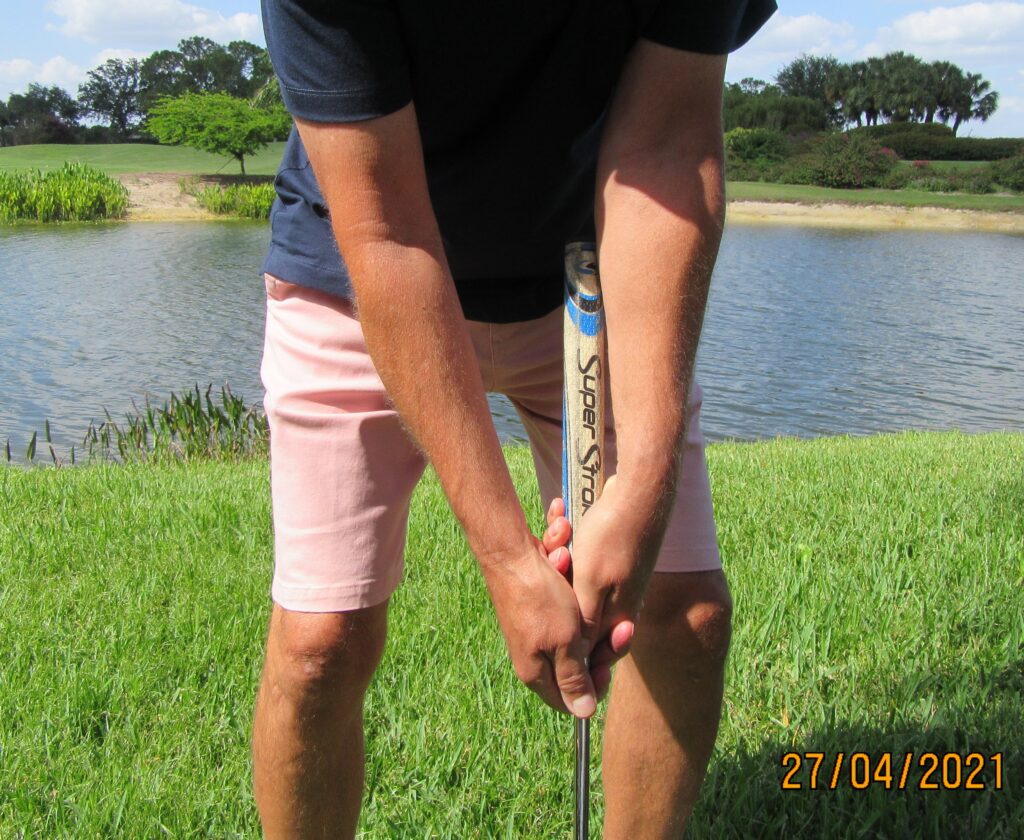It’s amazing to see how many putts the professionals sink. If you practice their techniques, you can putt with the same amazing precision and win more dough on the course. Pros work on (1) reading the break, (2) feeling the distance and (3) learning how to hit a straight putt up their target line. This blog is a summary of Andrew Tursky’s recent article covering the techniques used by Aaron Baddeley, one of the PGA Tour’s best putters of the last 20 years. [In 2004 Baddeley finished in the top-10 in the putting category ten times and he led the tour in 2015 which is nearly unmatched.]
“Poor putting tends to wear down the psyche of a golfer more than any other part of the game.” Aaron’s putting strategies and practice tips may be your gateway to success:
1) Just putt it: Baddeley’s approach is to allow his inner athlete take over, rather than doubts or concerns. “I just putt…I just try and hole it,” Baddeley says. “It sounds funny, but it’s like throwing a ball to first base.” He sees downhill putts gently falling over the front lip of the cup and on uphill putts he sees the ball going into the back of the cup. From there, he simply reacts to the speed he has in his mind.
Speed Drill 1: Find a putt with a good amount of break on your practice green, and place three balls down about 4-5 feet from the cup. Hit each putt with different speed; one fast, one slow, and one medium. Each putt will break differently, and over time, you’ll get comfortable controlling the speed needed for all 3 balls to tumble into the hole.
Speed Drill 2: The tee drill. Surround a practice hole with tees at around 5-6 feet, and go around the circle from tee-to-tee hitting putts at the cup. This helps simulate the different breaks of putts you’ll see on the course.
Aaron practices to putt by gripping only with his lead hand and swinging directly up his target line. While playing he adds a claw grip with his tailing hand to avoid distorting his pendulum swing. 2) Setup the same way every time: The swing needs to be is exactly the same to hit the center of the face to create straight putts. Only the swing distance changes to compensate for distance. To ensure he sets up the same distance from the ball on every stroke, Baddeley uses his putter head to measure the distance from the golf ball to his feet. His sweet spot is 3.5 putter head lengths. At that distance, Baddeley has his eyes over the ball in the proper spot where he can make a free-flowing stroke. Measure your gap and check it (while your play) if your putts stop sinking.
3) “Measure” your aim: Baddeley says the most important part of putting is aiming the face properly at your starting line. Reading the putt correctly is only half the battle. Butch Harmon taught Baddeley to putt off the end of a ruler to get his putter face square. Setup a ruler about 10 feet from a hole and pointed directly at the hole on a dead straight putt. When you setup to the ball, check to see if the ruler looks like it is pointing left or right of your target? Hit putts to see what “square” really feels like.
Improve your putting by practicing to feel the break and to set up exactly the same way with a square putter face to hit up your target line. The GOLFSTR+ Training Aid is a great way to practice putting with your locked leading wrist and to build your confidence for your successful putting. By one today at www.GOLFSTR.com





